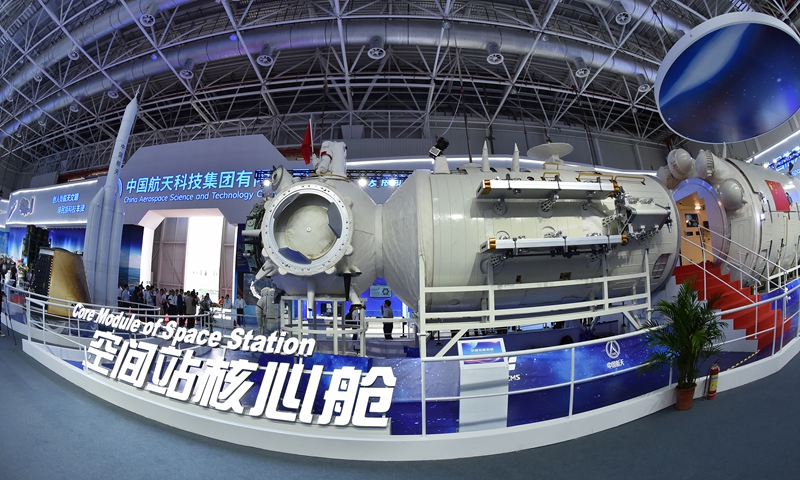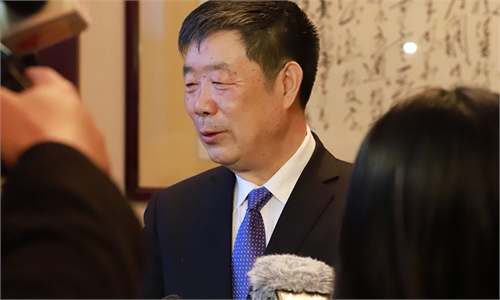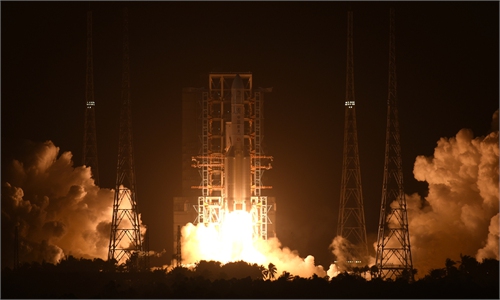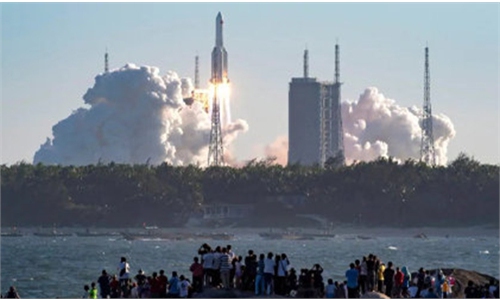
File photo of a full-size model of the core module of China's space station Tianhe.Photo:Xinhua
China's space station construction has witnessed new progress recently, after the Tianhe core cabinet, Tianzhou-2 cargo spaceship, and space application system products for core cabinet missions passed authorities' reviews before moving out of the manufacturing factory.
This progress means that China's space station construction has come close to the implementation stage, China Manned Space Engineering Office (CMS) announced via its official WeChat public account on Thursday.
Currently, the Tianhe core cabinet and Tianzhou-2 cargo spaceship have completed all work in their development, manufacture and testing stages, with results all meeting the project requirements.
Development work for the flight model of the space application system products designed for core cabinet missions has been completed, according to the office.
Sources familiar with the matter told the Global Times on Thursday that the products include scientific research equipment developed by the Chinese Academy of Sciences, which will support operations on the space station's core cabinet.
"Compatibility between space application systems and with the ground research units were verified during the examination," the sources added.
China will carry out 11 launches, including four manned spaceships and four cargo spaceship flights in the next two years, as it aims to complete the building of the country's first space station by around 2022, Global Times previously learned from China's space authority.
China is set to launch the core cabinet of the country's first space station by spring 2021, Zhou Jianping, chief designer of China's manned space program, disclosed to the Global Times on December 25.
The space station, named Tiangong, which means 'heavenly palace', will be T-shaped with a core module at its center and a lab capsule on each side. It will be able to accommodate three astronauts under normal circumstances and up to six during crew replacement.
The Chinese space station will operate in low-Earth orbit at an altitude of between 340 and 450 kilometers for more than 10 years, supporting large-scale scientific, technological and application experiments.




